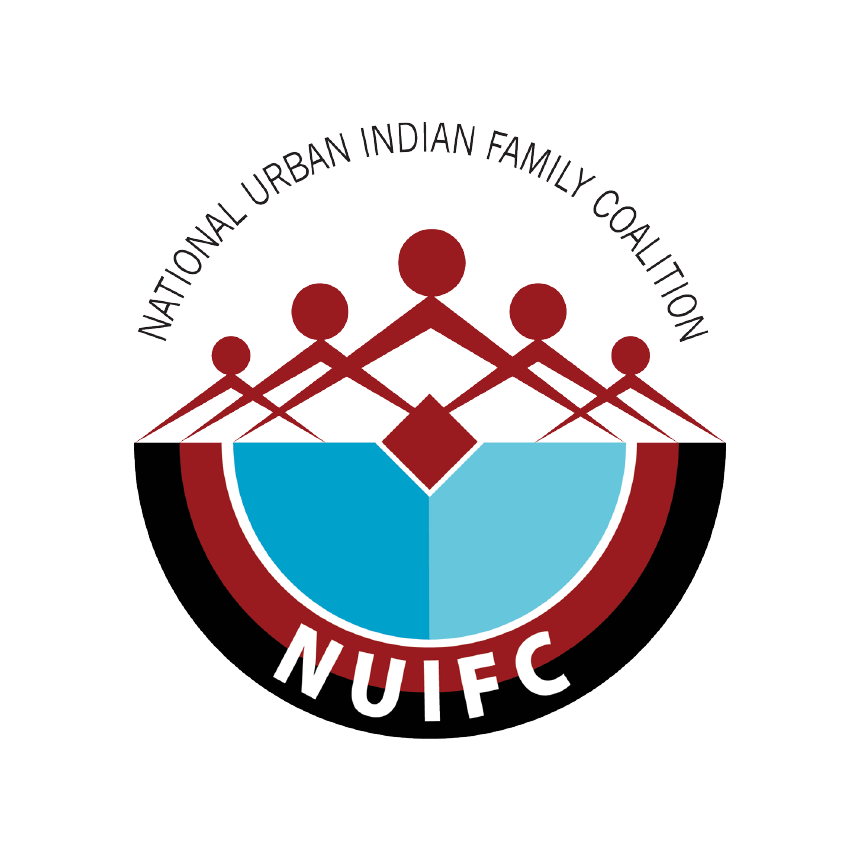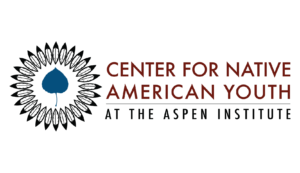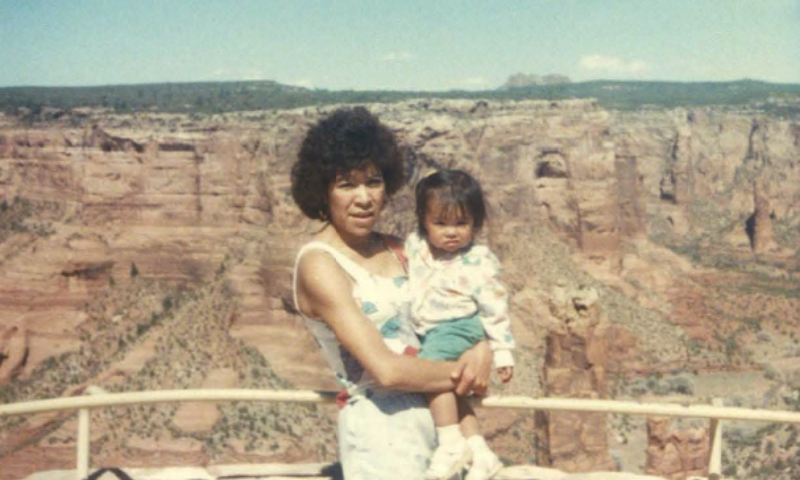
Being from two strong cultures, my identity has always been very important to me and representation for either of my cultures has been hard to come by. This year’s census gives me and both of my communities the opportunity to be visible and counted.
Yá’át’ééh and Alli, my name is Mikyla Sakurai.
I am of the Red Running into the Water (Táchii’nii) clan,
born for Peleliu Island.
My maternal grandfather is of the Bitter Water (Tódich’ii’nii) clan
And my paternal grandfather is for the Ngiwal village.
“I am Navajo and Palauan, and the 2020 Census will be the first time 3 generations of my family will be counted.”
I grew up in Phoenix, Arizona, far from my Mom’s hometown of Sawmill, Arizona on the Navajo reservation and my father’s home country of Palau. I loved spending my summers at my Grandma’s house, herding cows and playing with rez puppies, and then coming back to the city to tell my school friends about it. City kid, my family would call me.
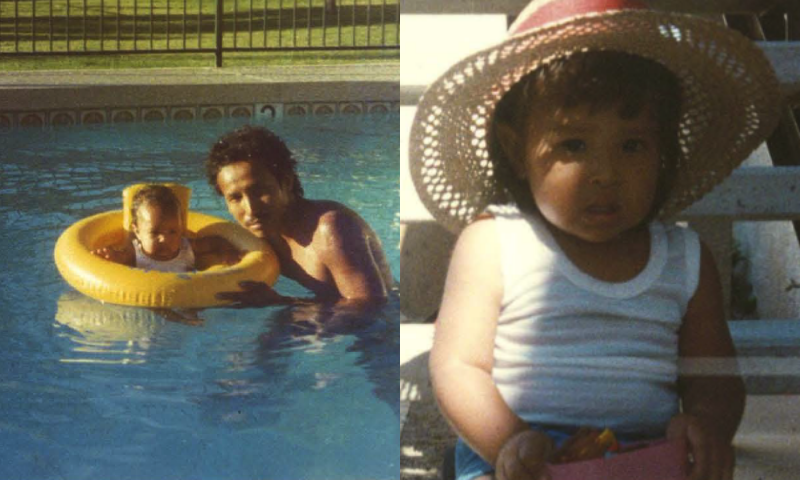
My knowledge of the census comes from my time in college, while working on my Bachelor’s degree in the public health field. We learned to rely on census information when determining where there are health needs around the country.
“Before this though, I knew nothing about the census.”
I didn’t know it was mandatory for everyone to take it, I didn’t know it happened every ten years, and I didn’t see any advertisements or hear any announcements about it.
While 2020 would be my first time completing the census on my own, I wanted to know if I had been counted in a previous census. If I was ever counted in the census before, it would be through my Mom, so I decided to ask her about it.
My Mom thought you completed the census only if you were one of the people randomly selected, sort of like jury duty. Since she’d never received anything about it, she never completed it. I asked if Grandma had ever taken the census, and she said no.
Three generations of my family not being counted in the census adds up. This is a recurring theme within the Native community, whether living in the city or on the reservations. For example, the per capita allocation for each Navajo counted in the census is between $3,000 and $4,000 according to the Navajo Nation Complete Count Commission. This results in communities of families living with schools, roads, and hospitals that lack proper funding.
“This 2020 Census will be the first time 3 generations of my family will be counted.”
This 2020 Census will be the first time 3 generations of my family will be counted. My family has always taught me to be proud of who I am and to be there for family and our community. Participating in this year’s census does both these things.
I carry the pride of my ancestors. I am here. I will be counted.
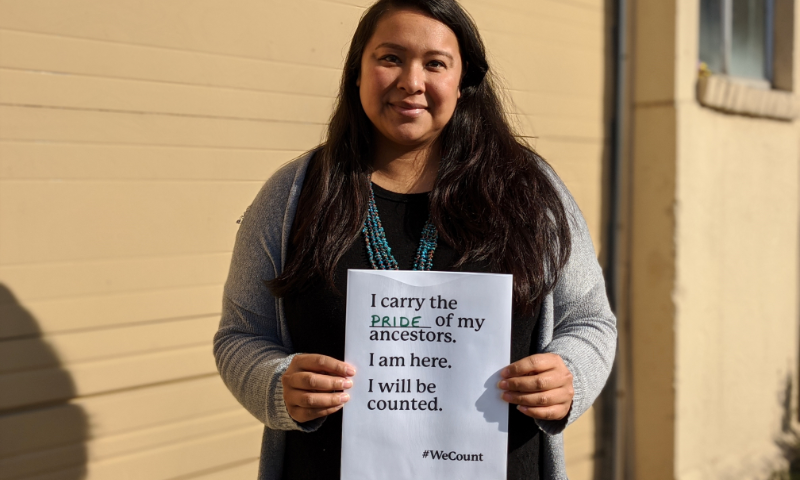
Have a similar experience?
Follow us on social and share your story by tagging us or using #WeCount.
My Non-Census Story Series
Is a series of often unheard narratives, stories, and voices of Native people on representation and the census.
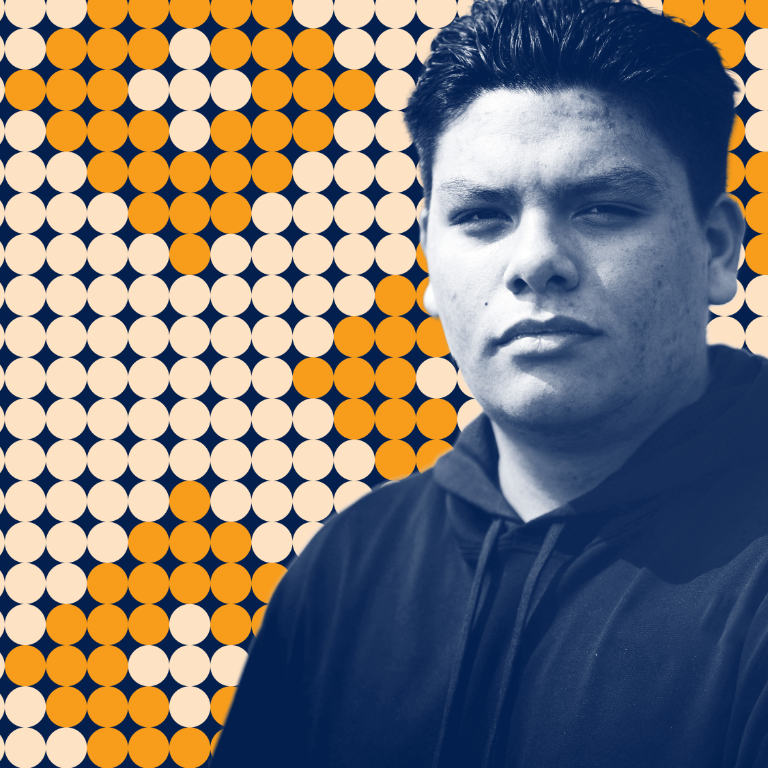
Learn more about the census and what it means for Native people and download tools that you can use to share within your organizations, among your communities, and on social media.
We’re here to help
If you are interested in learning more about the 2020 Census or want to share your story and news with us, email Wyatt Pickner (Hunkpati Dakota) at wyattp@uihi.org.
We are stronger in numbers
Urban Indian Health Institute is working with urban Indian organizations across the country on our We Count initiative. The purpose of our initiative is to support the 2020 Census efforts of other Native organizations and raise awareness within urban American Indian and Alaska Native communities.
